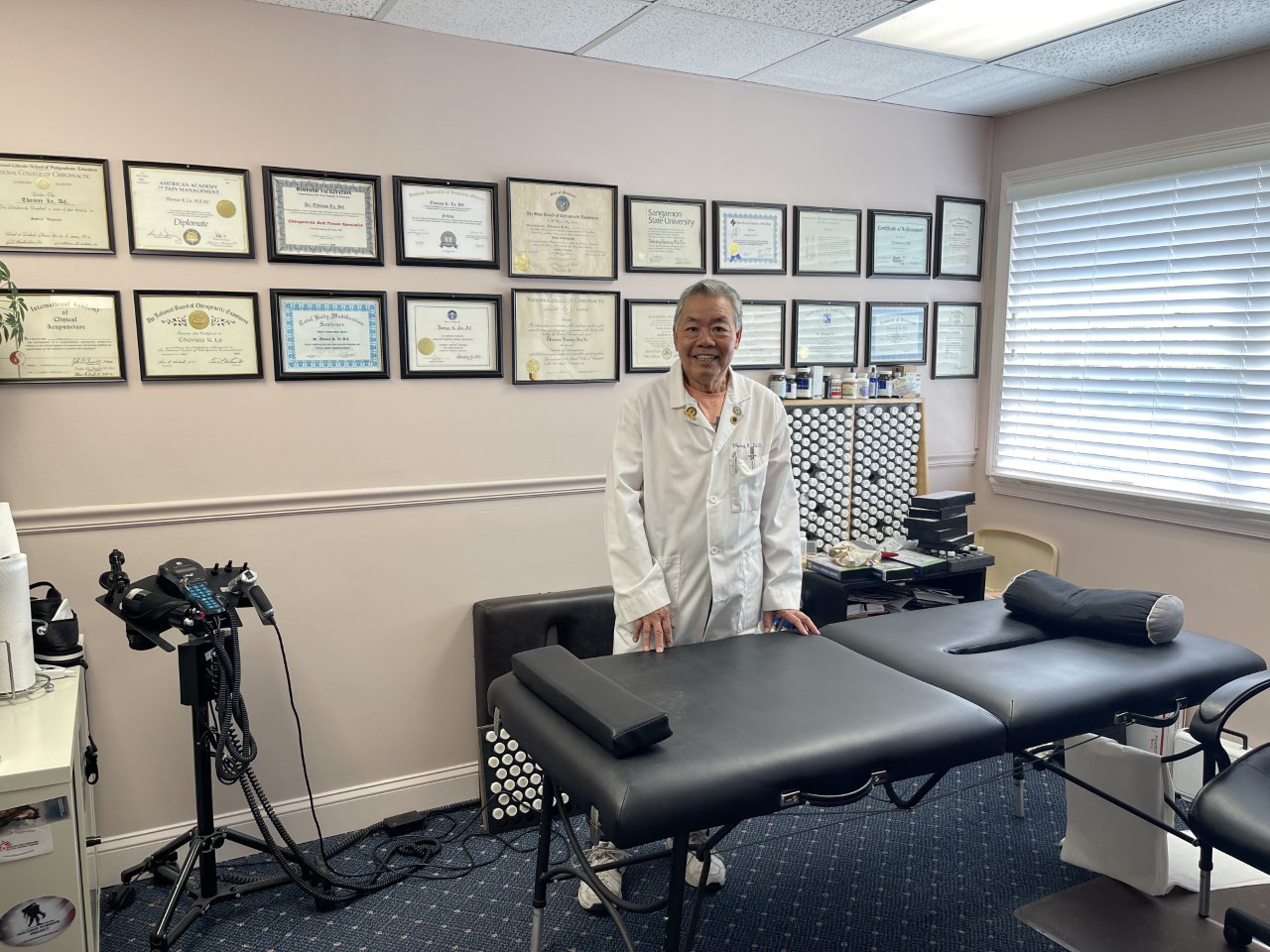by Dr. Thomas K. Lo, Advanced Chiropractic & Nutritional Healing Center
Aromatherapy is the use of essential oils from plants (flowers, herbs, or trees) as therapy to improve physical, mental, and spiritual well-being.
Aromatherapy may be used with other complementary treatments, such as massage or acupuncture, as well as with standard medical treatments to manage symptoms caused by cancer, stress, insomnia, and other health issues.
Essential oils are most often used with a diffuser or by diluting them with carrier oil and applying them to your skin.
Aromatherapy research with cancer patients has studied the effect of essential oils on anxiety, nausea, vomiting, and other health-related conditions.
Safety testing on essential oils has found very few side effects.
Aromatherapy products do not need approval by the U.S. Food and Drug Administration.
What is Aromatherapy?
Aromatherapy is the use of essential oils from plants to improve the mind, body, and spirit.
Patients with cancer, as well as other health conditions, use it to improve their quality of life to reduce stress, anxiety, pain, nausea, and vomiting caused by the health issue or the treatments.
What Are Essential Oils?
Essential oils are the fragrant (aromatic) part found in many plants, such as the leaves, bark, or peel. The fragrance is released if the plant is crushed or a special steam process is used.
There are many essential oils used in aromatherapy, including, but not limited to, Roman chamomile, geranium, lavender, tea tree, lemon, ginger, cedar wood, and bergamot.
Each plant’s essential oil has a different chemical make-up. This effects how it smells, is absorbed, and how the body uses it.
Essential oils are very concentrated. For example, it takes about 220 pounds of lavender flowers to make about 1 pound of essential oil.
How Do You Use Aromatherapy?
Aromatherapy is used in several ways.
In indirect inhalation, the patient breathes in an essential oil by using a room diffuser, which spreads the essential oil through the air, or by placing drops on a tissue or piece of cotton nearby.
During direct inhalation, the patient breathes in an essential oil by using an individual inhaler made by floating essential oil drops on top of hot water.
If you use massage as a method for aromatherapy, then one or more essential oils is diluted into carrier oil and massaged on to the skin.
You can also mix essential oils with bath salts during a bath or mix them with lotions/carrier oils and apply them to bandages.
The types of essential oils and the ways they are combined vary depending on the condition.
Studies Using Aromatherapy
Clinical trials of aromatherapy have studied its effect in treatment of anxiety, nausea, vomiting, and other health-related conditions in cancer patients.
A trial of 103 cancer patients studied the effects of massage compared to massage with Roman chamomile essential oil. Two weeks later, a decrease in anxiety and improved symptoms were noted in the group that had a massage with essential oils. The group that had massage only did not have the same benefit.
Another study of 58 patients with various cancers who completed six aromatherapy sessions showed a decrease in anxiety and depression compared with before the sessions began.
Newly diagnosed patients with acute myeloid leukemia, who were hospitalized to receive intensive chemotherapy, inhaled an essential oil through a diffuser overnight for three weeks. Patients were given the choice of lavender, peppermint, or chamomile. Improvement was reported in sleep, tiredness, drowsiness, lack of appetite, depression, anxiety, and well-being.
A study conducted with patients using radioactive iodine, which may cause damage to salivary glands, found increased saliva production during treatment, which may decrease damage to salivary glands. In a randomized controlled trial, patients who inhaled a mixture of lemon and ginger essential oils had increased saliva production compared with the placebo group.
In a study of adult patients, at the time of stem cell infusion, tasting or sniffing sliced oranges was more effective at reducing nausea, retching, and coughing than inhaling an orange essential oil.
Women having breast biopsies were randomly assigned to receive lavender-sandalwood or orange-peppermint essential oil drops placed on a felt tab and attached to their hospital gown or to have no scent on the felt tab. Women who received the lavender-sandalwood aromatherapy tab had less anxiety than women who received the orange-peppermint aromatherapy tab or the no-scent tab.
In a study of inhaled lavender essential oil, eucalyptus essential oil, or no essential oil, in cancer patients having needles inserted into a central venous port catheter, found patients who inhaled lavender essential oil reported less pain.
Side Effects or Risks to Aromatherapy
Safety testing on essential oils shows very few side effects or risks when they are used as directed. Most essential oils have been approved as ingredients in food and fragrances and are labeled as GRAS (generally recognized as safe) by the U.S. Food and Drug Administration (FDA).
Swallowing essential oils is not recommended.
Allergic reactions and skin irritation may occur when essential oils are in contact with the skin for long periods of time. Sun sensitivity may occur when citrus or other essential oils are applied to the skin before going out in the sun.
State law does not regulate aromatherapy, and there is no licensing required for practicing aromatherapy in the United States. Practitioners often combine aromatherapy training with another field in which they are licensed; for example, massage therapy, nursing, acupuncture, or naturopathy.
If you are struggling with health issues, call the Advanced Chiropractic & Nutritional Healing Center at 240-651-1650 for a free consultation.
Dr. Lo uses Nutritional Response Testing® to analyze the body to determine the underlying causes of ill or non-optimum health.
The office is located at 7310 Grove Road #107 in Frederick. Check out the website at www.doctorlo.com.


